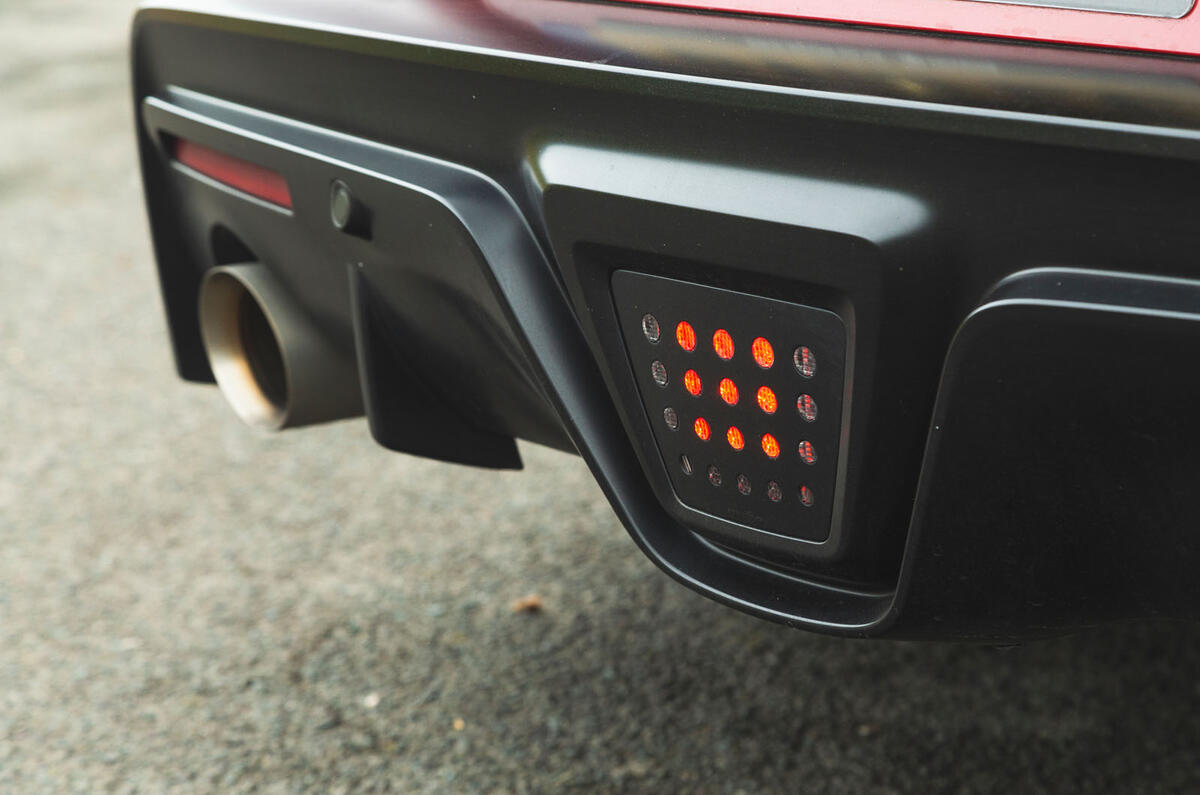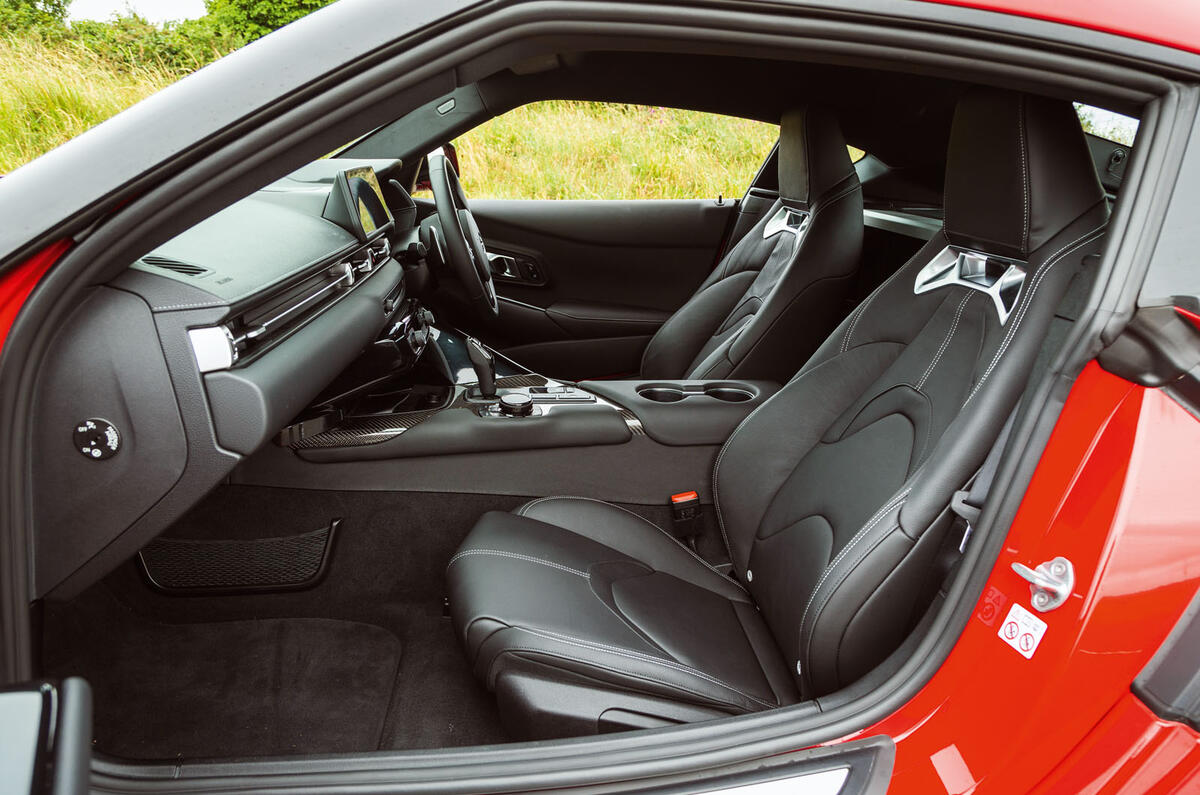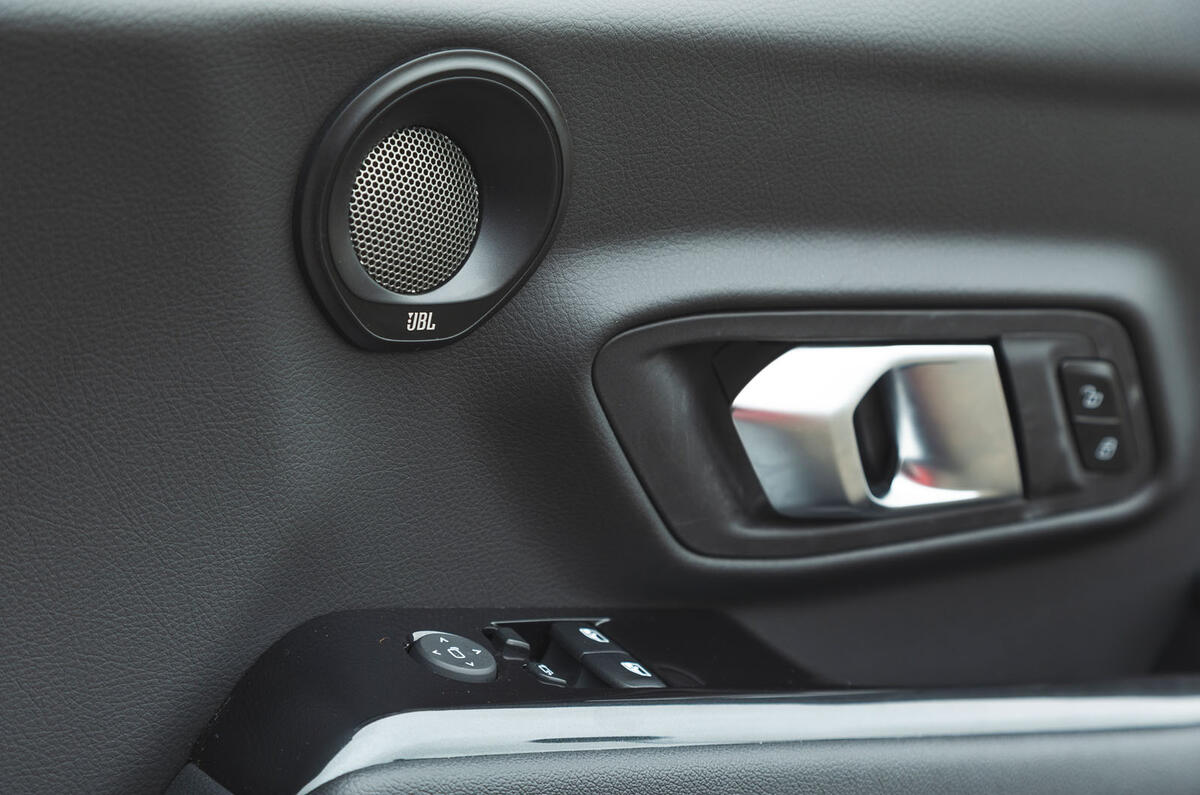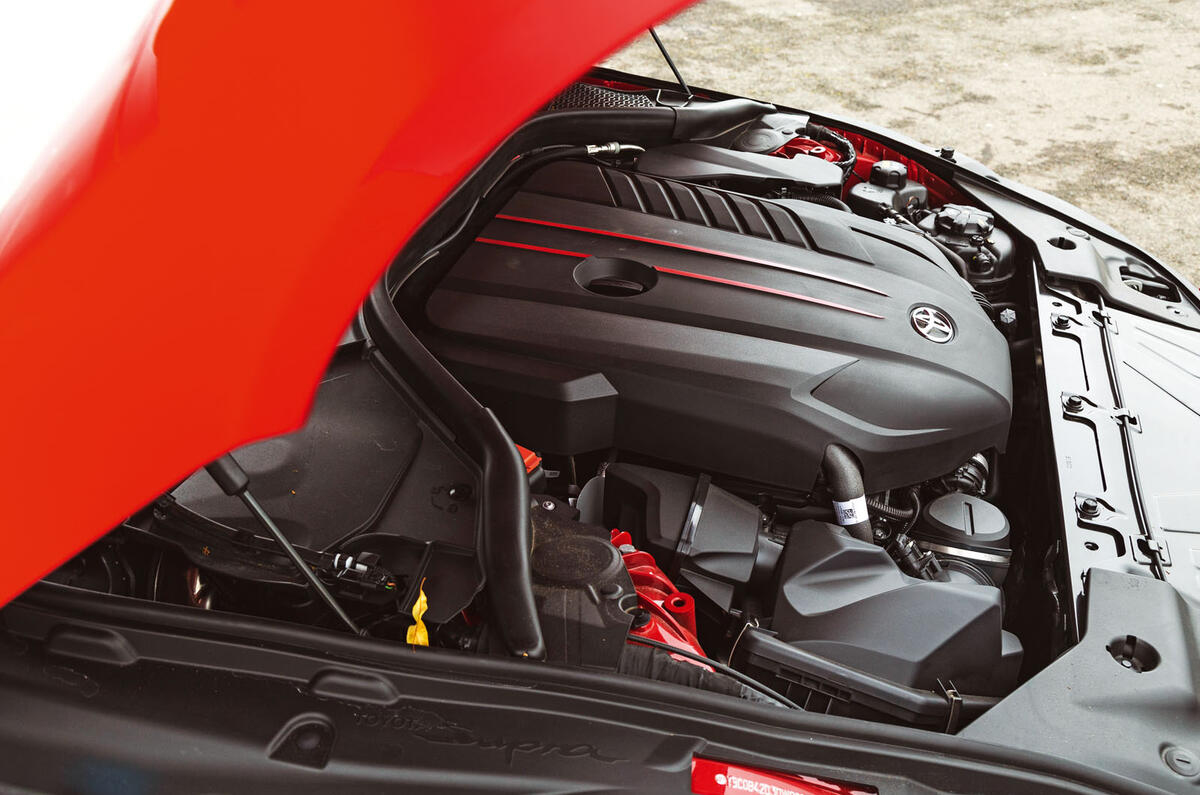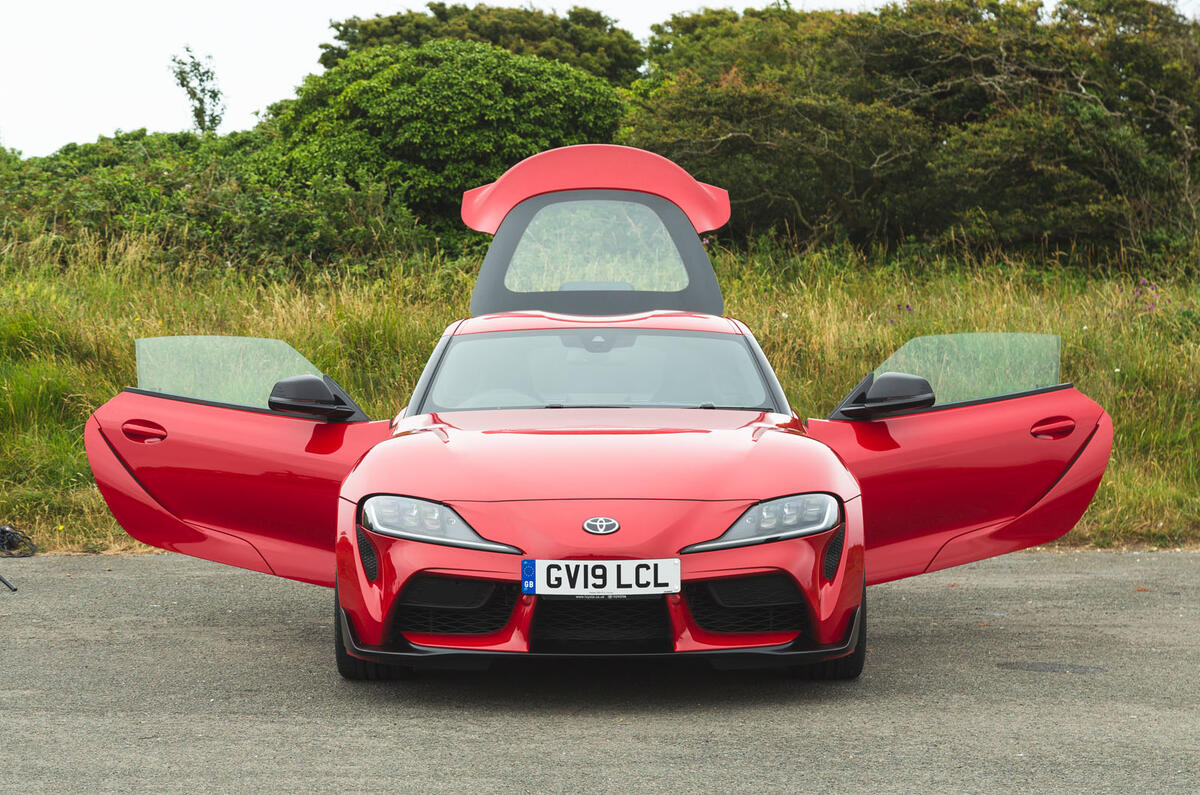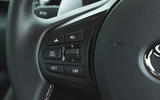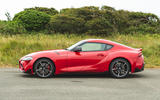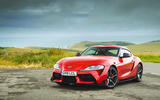It’s impossible to talk about the new Toyota Supra, which arrives some 25 years after the fourth-generation, cult-hit ‘A80’ car was launched, without talking also about BMW. So we may as well get it out of the way now, before turning to the more important matters of the car itself: how it looks, how it feels from behind the wheel, and how you might end up feeling having parted with £54,000 to own it.
The genesis of this week’s road test subject was in 2012, when the German and Japanese marques deepened the roots of an agreement to co-develop hydrogen fuel cells, electrification technologies and lightweight materials. A new sports car was also part of the collaboration, and it’s why we now have a revitalised BMW Z4 and the first flagship Toyota sports car for decades. In engineering terms the cars are twins, and even built alongside one another (and, incidentally, the Mercedes G-Class and Jaguar I-Pace) by Magna Steyr in Austria – the first time a Supra has been built outside Japan.
Some controversy concerns the division of labour during the gestation. Toyota says BMW was an ideal partner because a straight-six petrol engine is a central tenet of the personality of the new GR Supra (the initials standing for Gazoo Racing, as all Toyota performance models are now branded), and if you want to buy large volumes of excellent straight-six petrol engines, your options are limited. But that doesn’t fully explain why the Supra’s platform, gearbox, wheelbase and much of the electronics are also shared with BMW. Inevitably, of course, it comes down to economics.

















